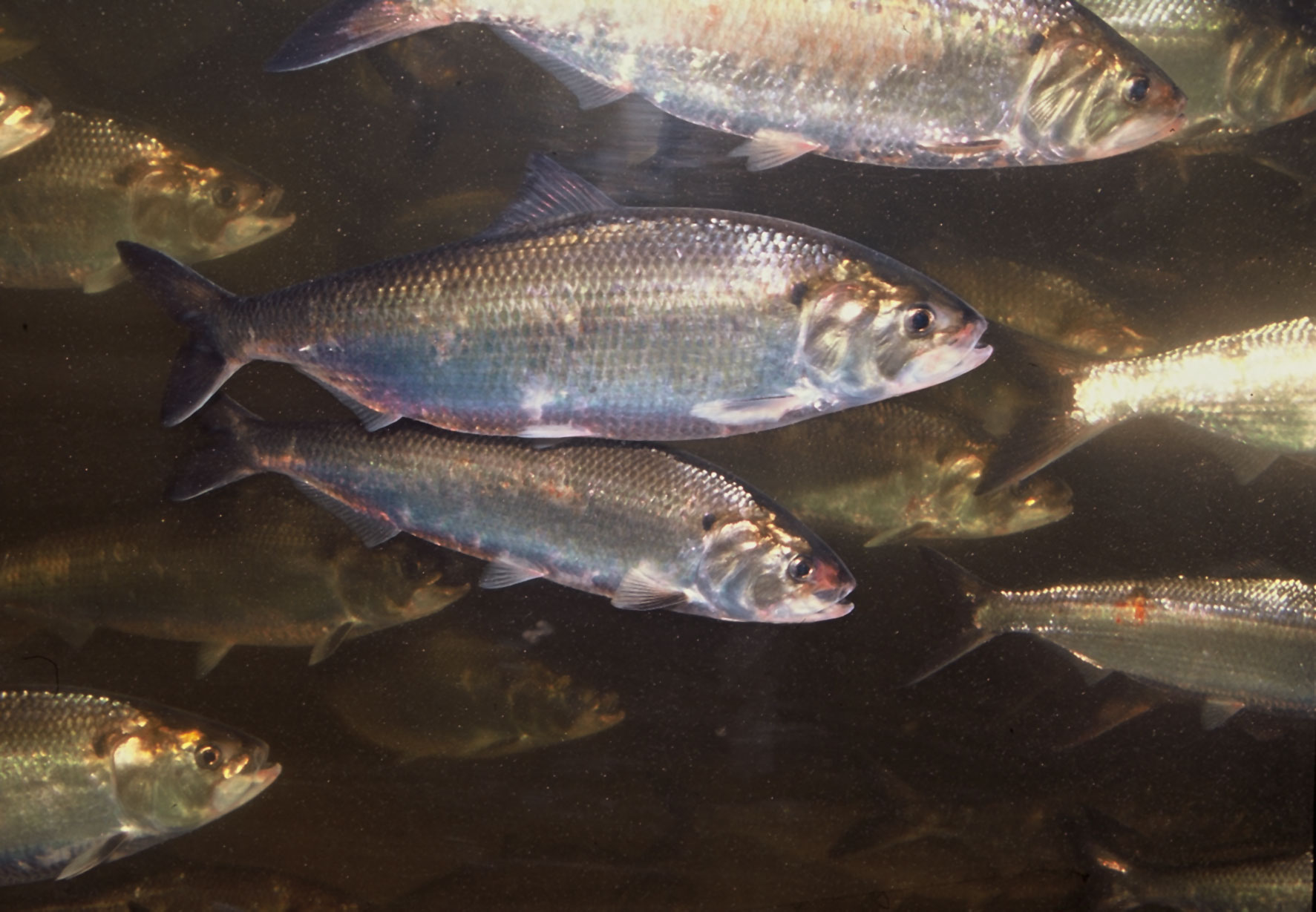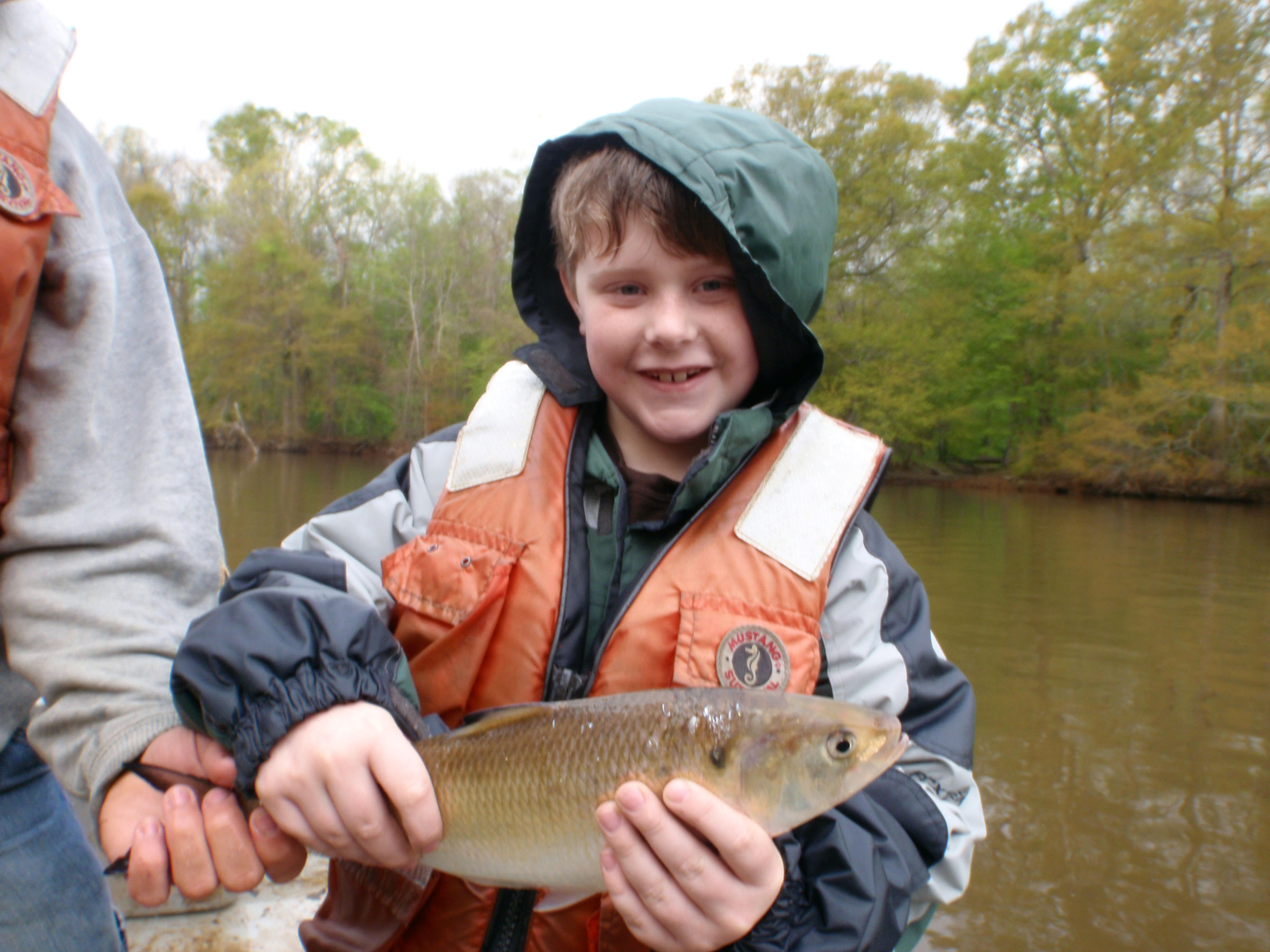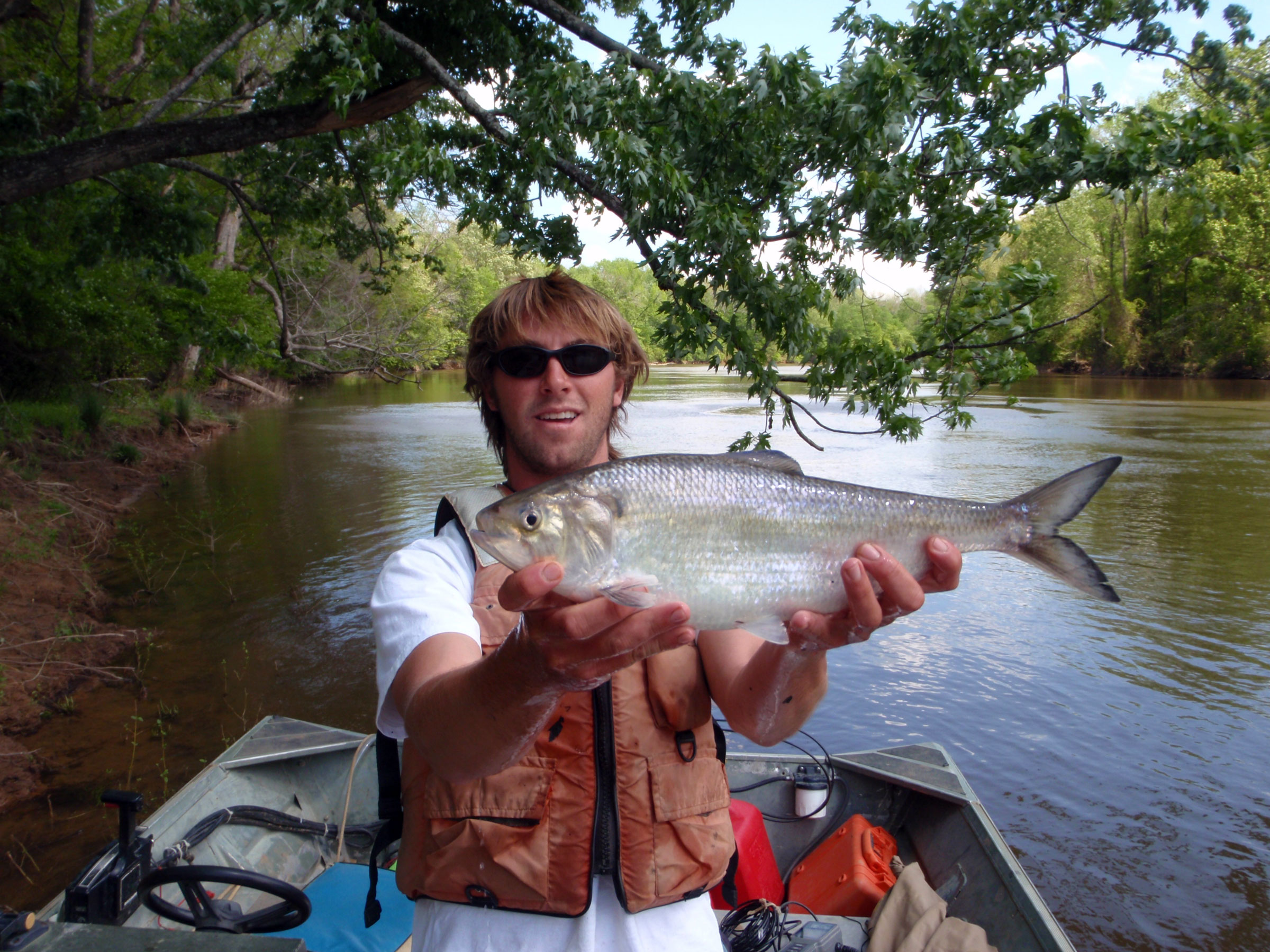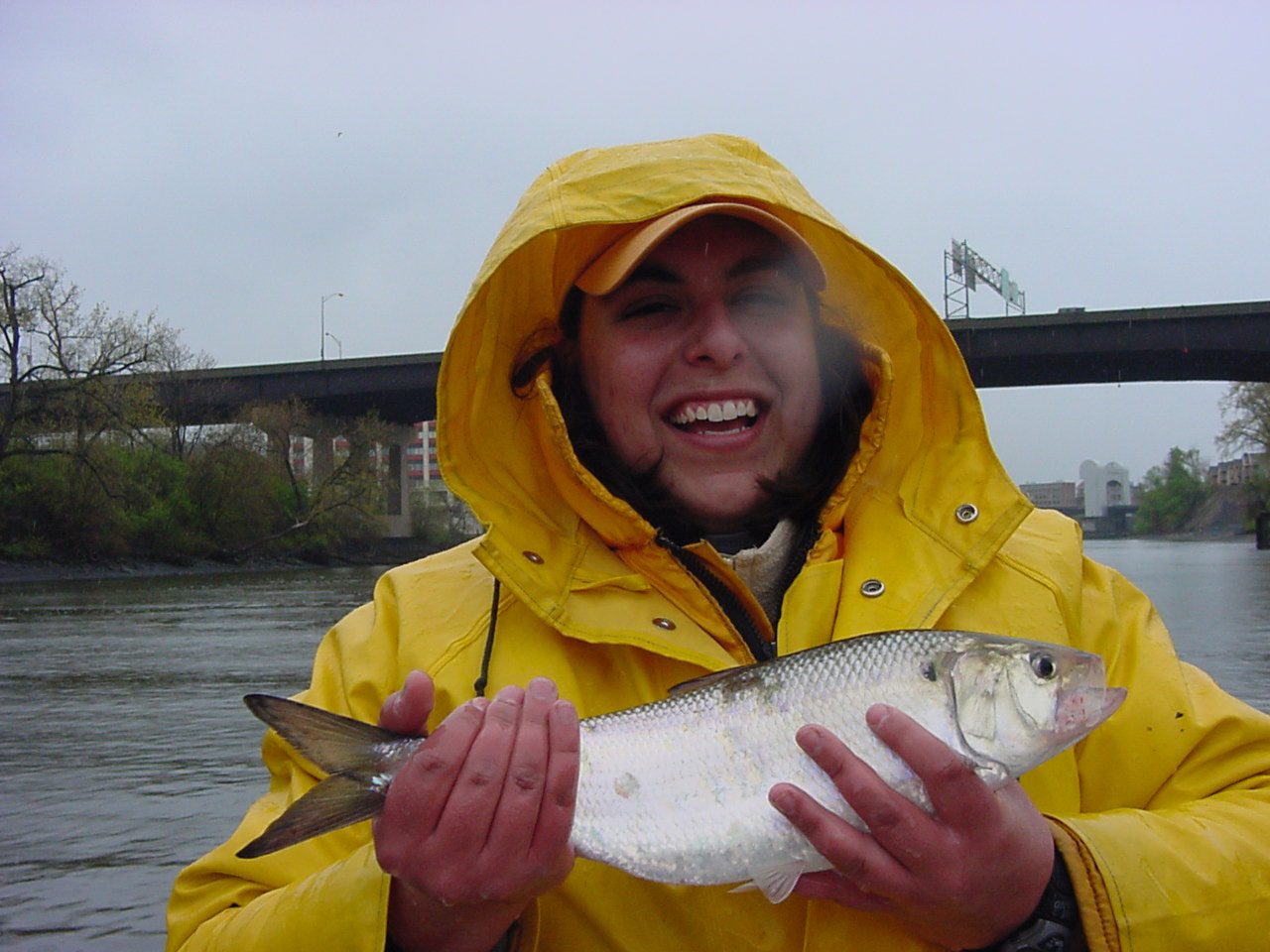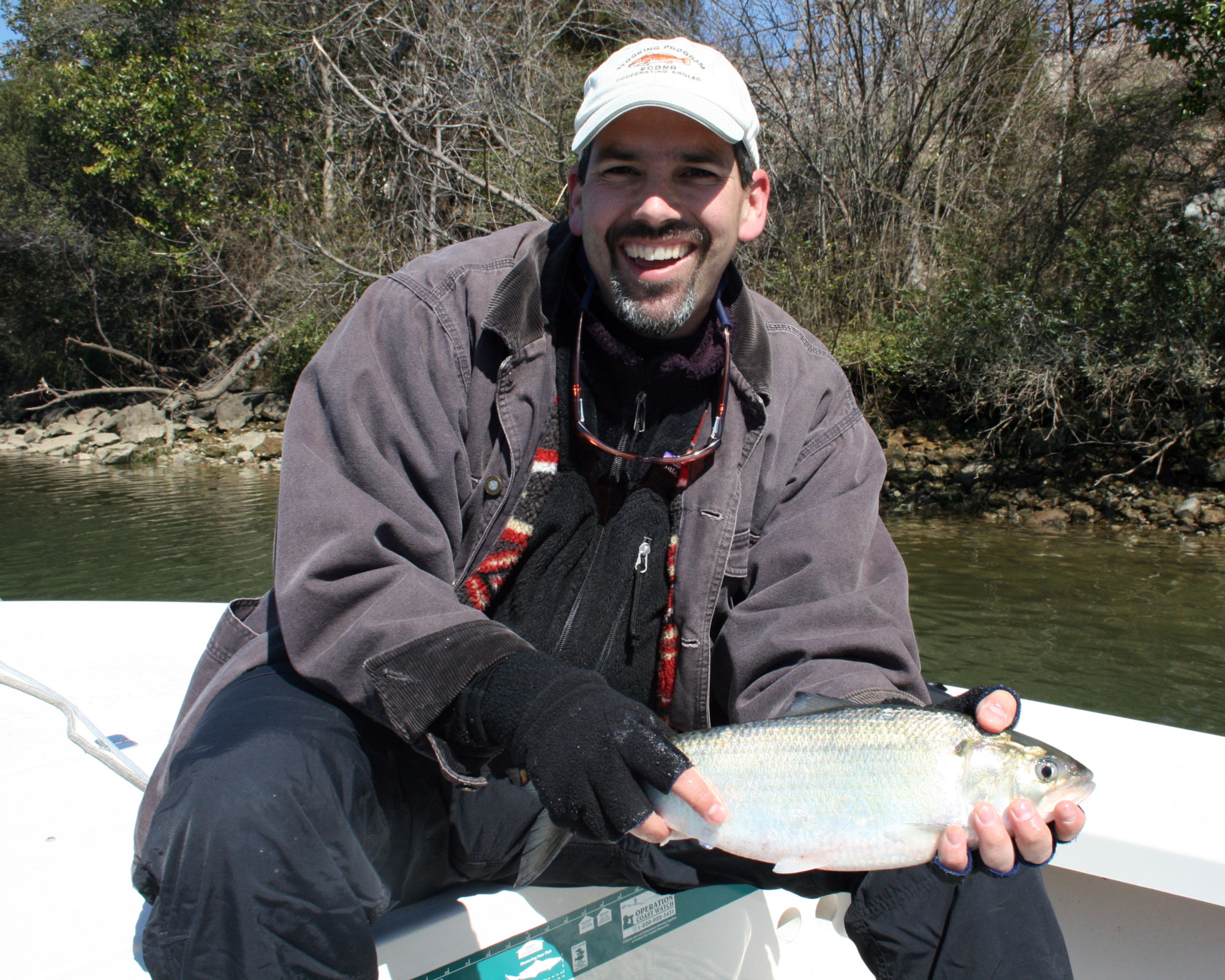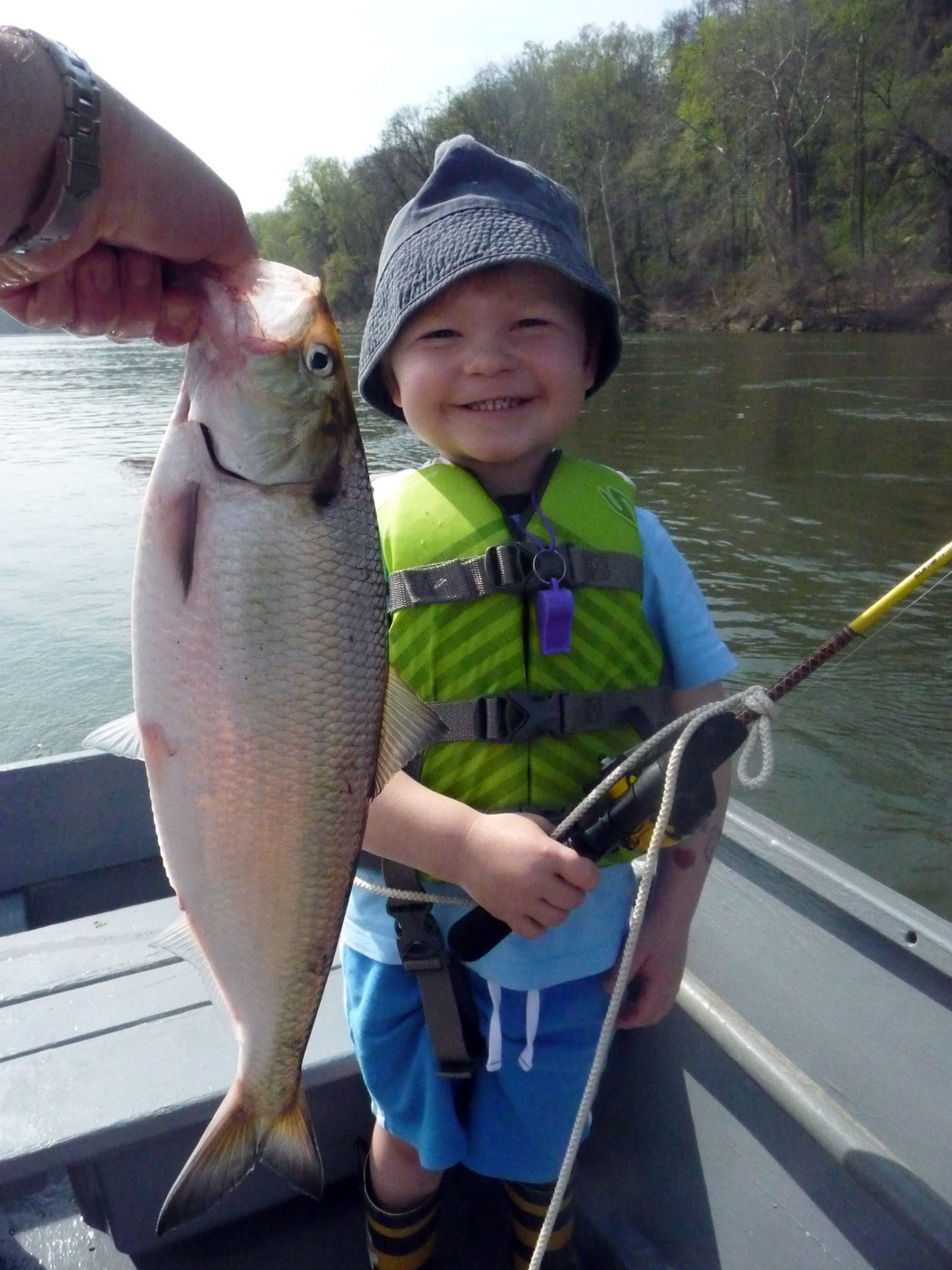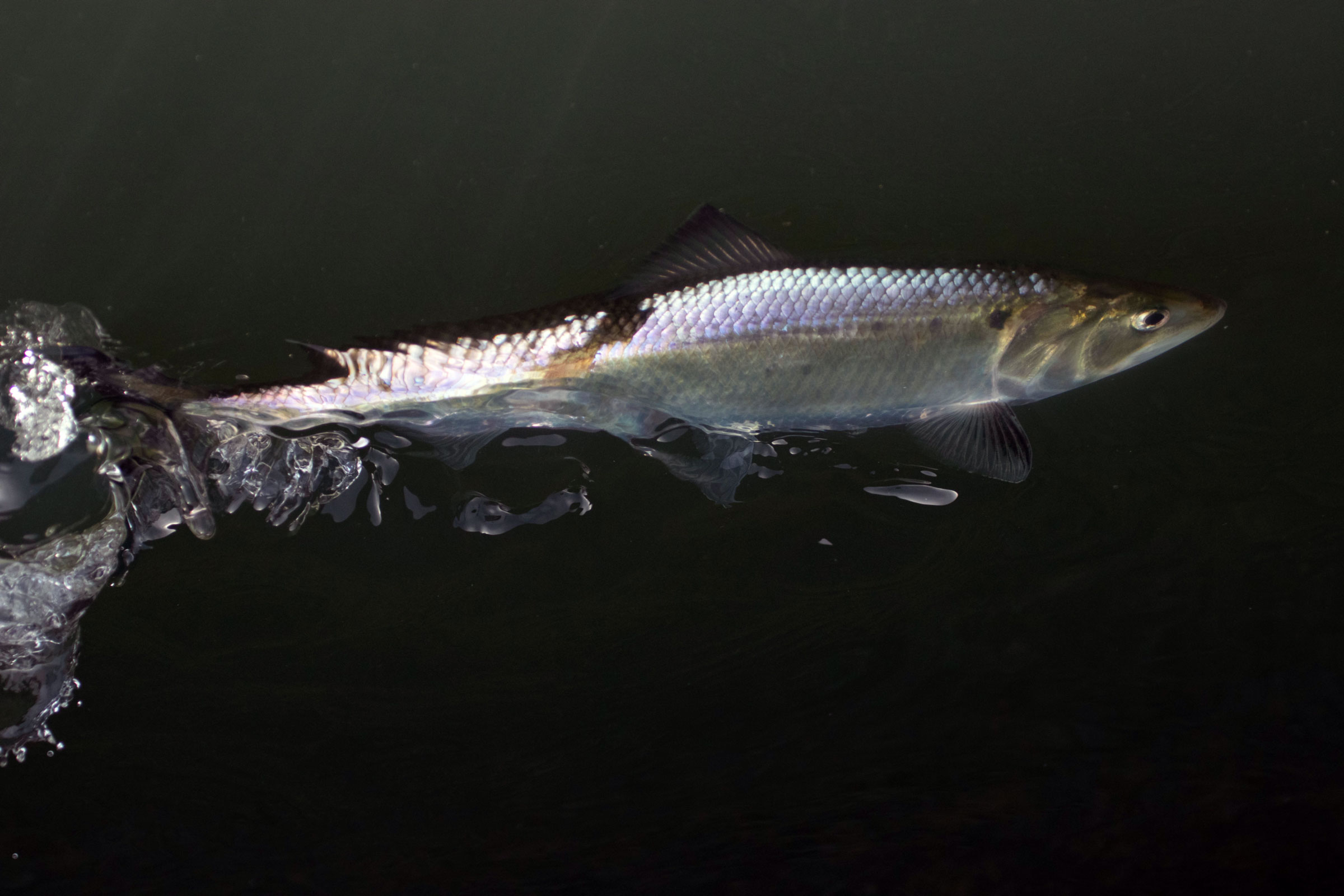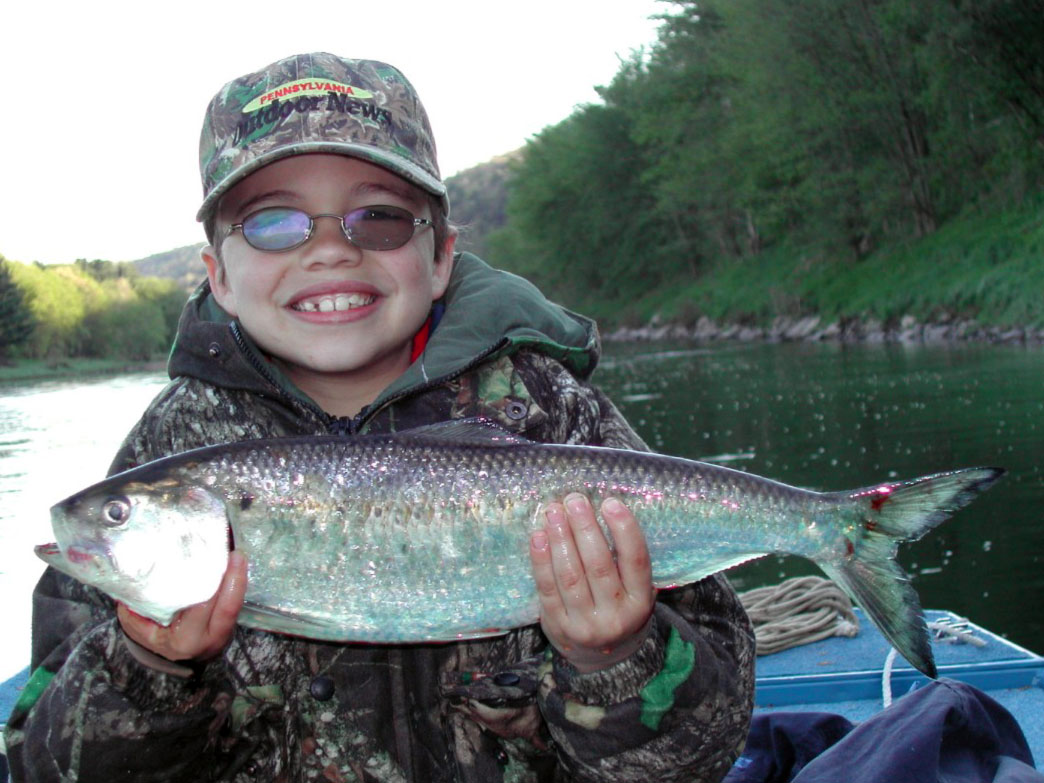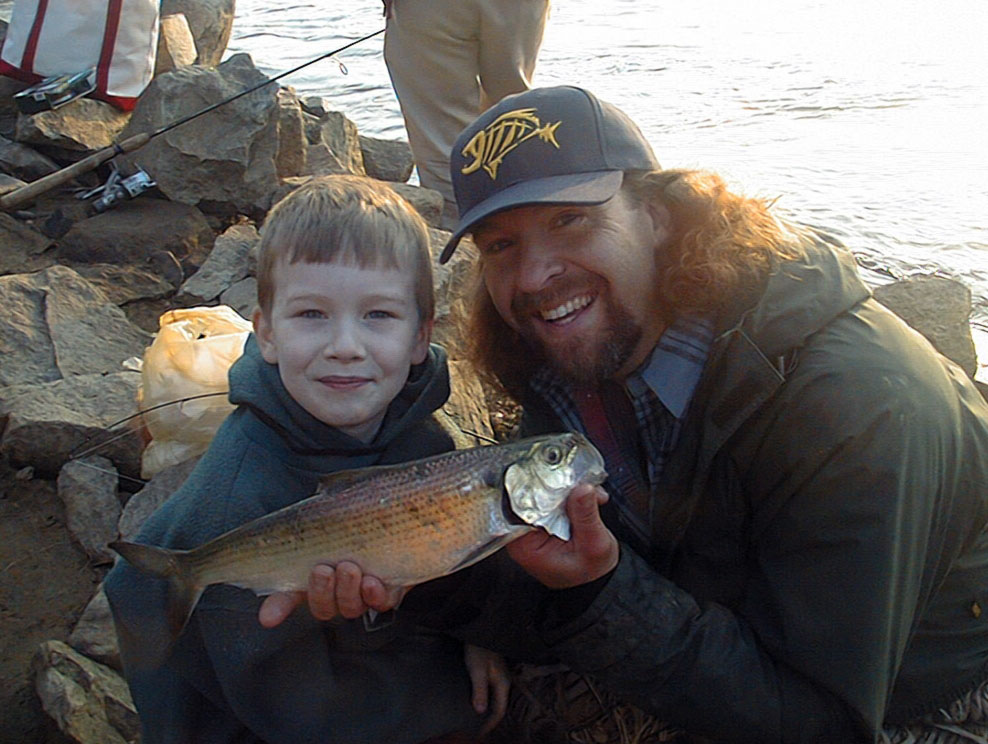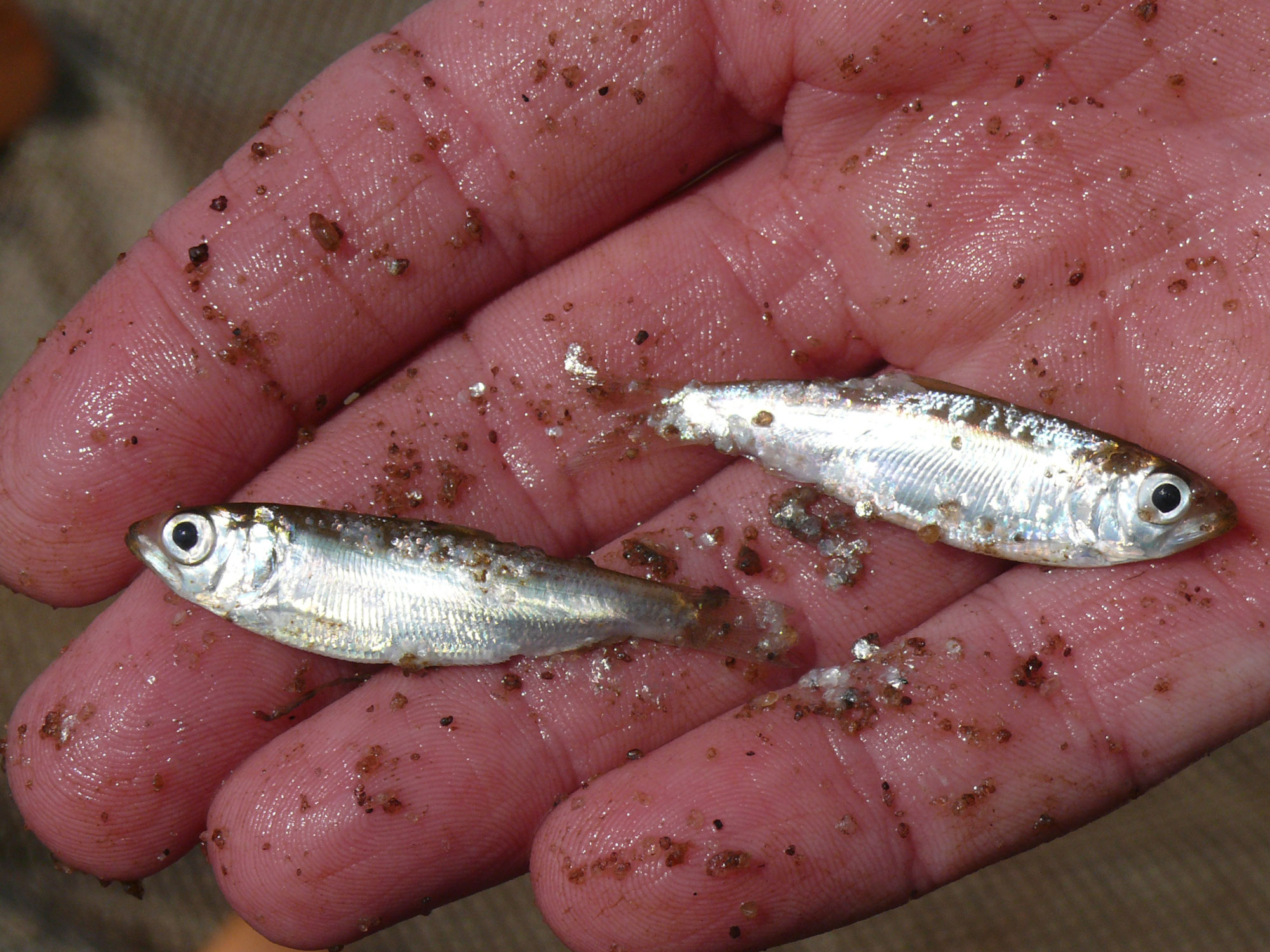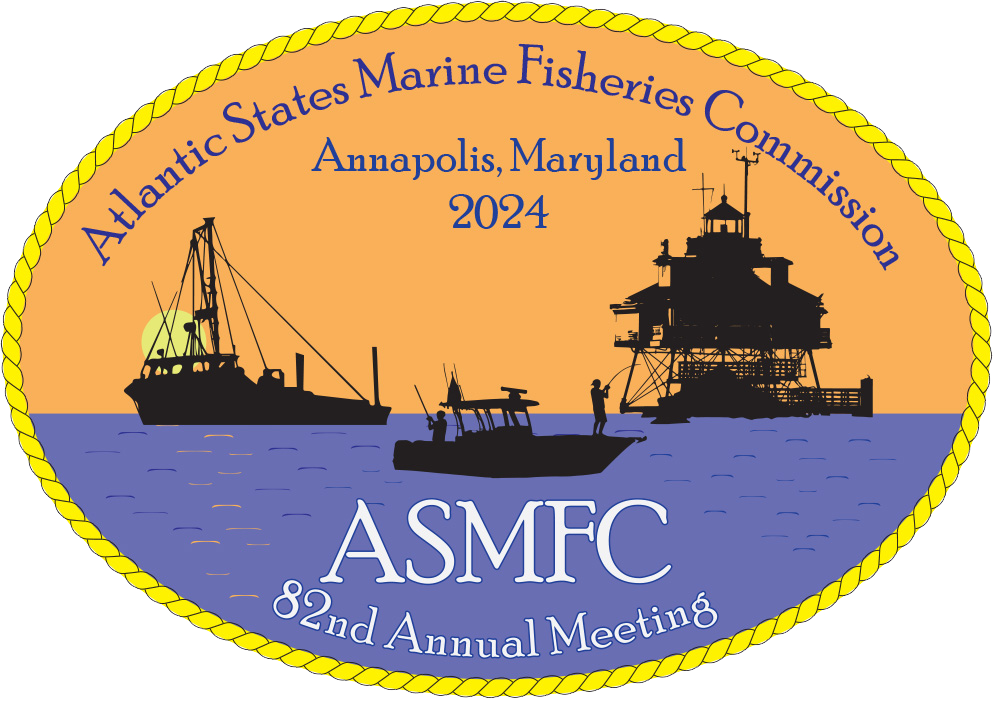American Shad
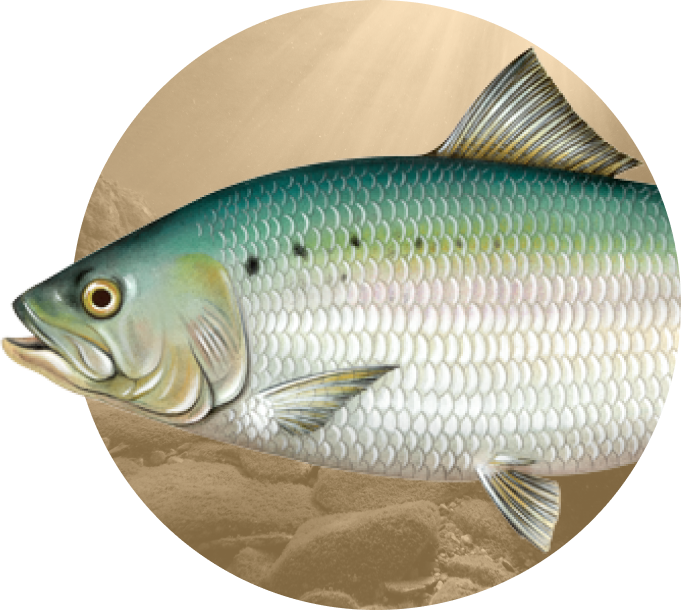
Latest News and Resources
-
Shad and River Herring FMP Review — 2023
-
Shad & River Herring Technical Committee Meeting Summary — January 2025
-
Shad and River Herring Advisory Panel— February 2025
-
American Shad and River Herring Management Board Annual Meeting Supplemental Materials — Oct. 2024
-
American Shad and River Herring Management Board Annual Meeting Draft Agenda — Oct. 2024
-
2024 Annual Meeting Summary
-
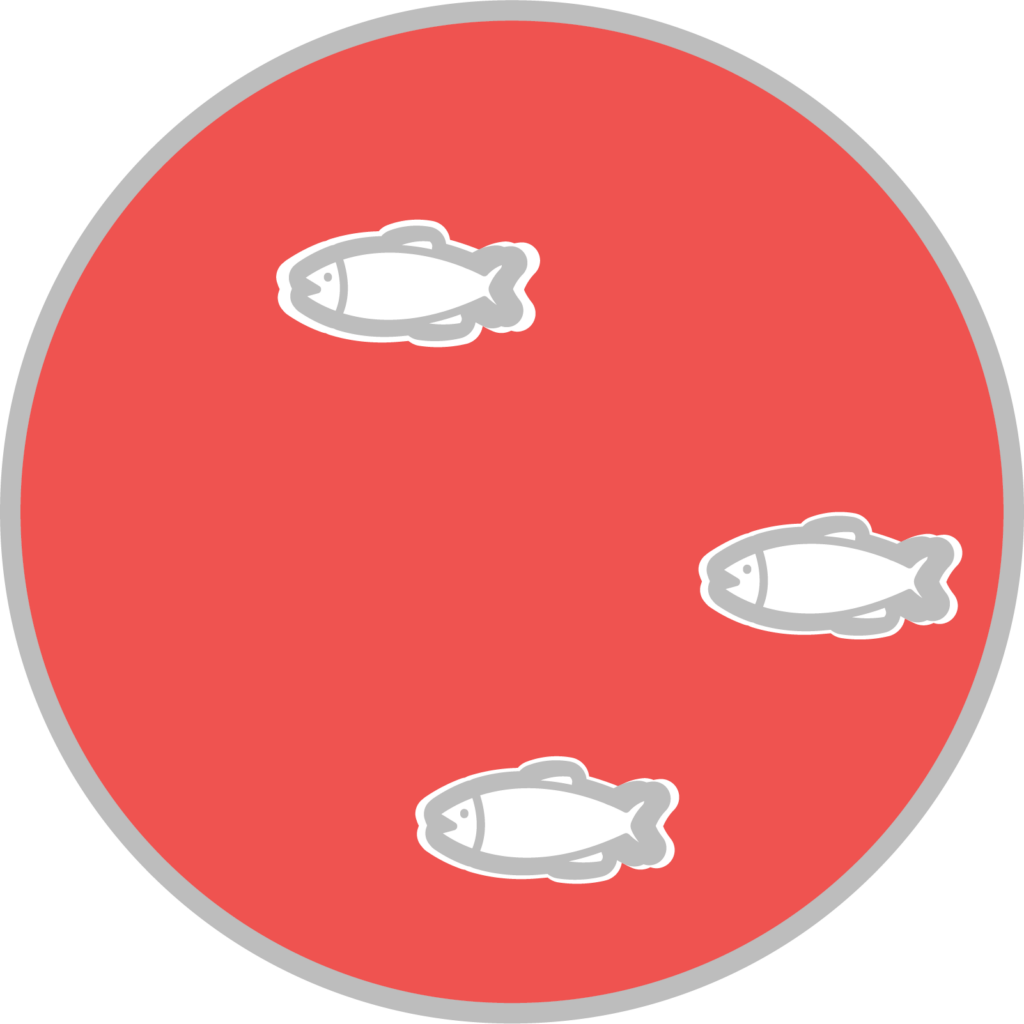
Population Abundance
Depleted

Total Mortality
Unknown
Current Status
Stock status based on 2020 benchmark assessment, with the species depleted on a coastwide basis, and river-specific abundance and total mortality varying by river system. Recovery limited by restricted access to spawning habitat. Amendment 3 established 2013 moratorium unless river-specific sustainability can be documented.
Meeting Calendar
Next Meeting
No events found
Contacts
- James Boyle IV, FMP Coordinator (JBoyle@asmfc.org)
- Management Board, Lynn Fegley, Chair
- Technical Committee, Wes Eakin, Chair
- Advisory Panel, Pam Lyons Gromen, Chair
Species Information
American shad play an important ecological role in freshwater, estuarine, and marine environments during its anadromous life cycle. Once in the ocean, American shad are preyed upon by many species including sharks, tunas, king mackerel, seals, and porpoises. They are also a seasonally important prey species for a number of fish, birds, and wildlife species, with the adult spawning American shad arriving in the early spring when other prey may be scarce and the nesting/breeding season is just beginning for many wildlife predators. During earlier periods of high abundance, American shad played a significant role in ecosystem nutrient and energy cycling. For example, in South Atlantic coastal river systems, many shad die shortly after spawning and provide beneficial marine-derived nutrients to the freshwater systems. American shad played an important cultural role to Native Americans and early colonists. Today, many communities still recognize their importance, holding festivals to celebrate the arrival of American shad spawning runs in the spring. These festivals include activities such as fishing for shad, shad bakes or “planking,” along with a variety of other activities like running events, arts and crafts shows, music, and others to foster community relations, attract tourists, and benefit the local economy. A listing of shad and river herring festivals can be found in Amendment 3 on the Commission’s website.
Management
Shad are managed under Amendment 3 to the Interstate Fishery Management Plan (FMP) for Shad and River Herring. Amendment 3 (2010) revised the American shad regulatory and monitoring programs in response to the 2007 American shad stock assessment, which found that most American shad stocks were at all-time lows and did not appear to be recovering. The Amendment requires states and jurisdictions to develop sustainable fishery management plans (SFMPs), which are reviewed by the Technical Committee and approved by the Board, in order to maintain commercial and recreational fisheries beyond January 2013. The following states have approved SFMPs for shad.
Amendment 3 also requires states and jurisdictions to submit a habitat plan regardless of whether their commercial fishery would remain open. The habitat plans outline current and historical spawning and nursery habitat, threats to those habitats, and habitat restoration programs in each of the river systems. They provide a river system-specific, comprehensive picture of major threats to American shad in each state to aid in future management efforts, and include collaboration with other state and federal agencies (e.g., state inland fish and wildlife agencies, water quality agencies, U.S Army Corps of Engineers). The two largest threats identified in the habitat plans were barriers to migration and a lack of information on the consequences of climate change. A key benefit of the habitat plans is that each river system relevant to shad now has its threats characterized. The habitat plans are filed with the Federal Energy Regulatory Commission to ensure that shad habitat is considered when hydropower dams are licensed. They are also shared with inland fisheries divisions to aid in habitat monitoring and restoration efforts. A majority of the habitat plans were approved by the Board in February 2014. Updates will be submitted for Board review and approval.
Stock Status
The 2020 American shad benchmark stock assessment is the most recent assessment for the American shad stock. Similar to the results of the 2007 assessment, the 2020 assessment found coastwide populations to be depleted. Multiple factors, such as overfishing, inadequate fish passage at dams, predation, pollution, water withdrawals, channelization of rivers, changing ocean conditions, and climate change are likely responsible for the decline from historic shad abundance levels. Additionally, the assessment found that shad recovery is limited by restricted access to spawning habitat, with 40% of historic habitat in the US and Canada currently blocked by dams and other barriers. This may equate to a loss of more than a third of spawning adults.
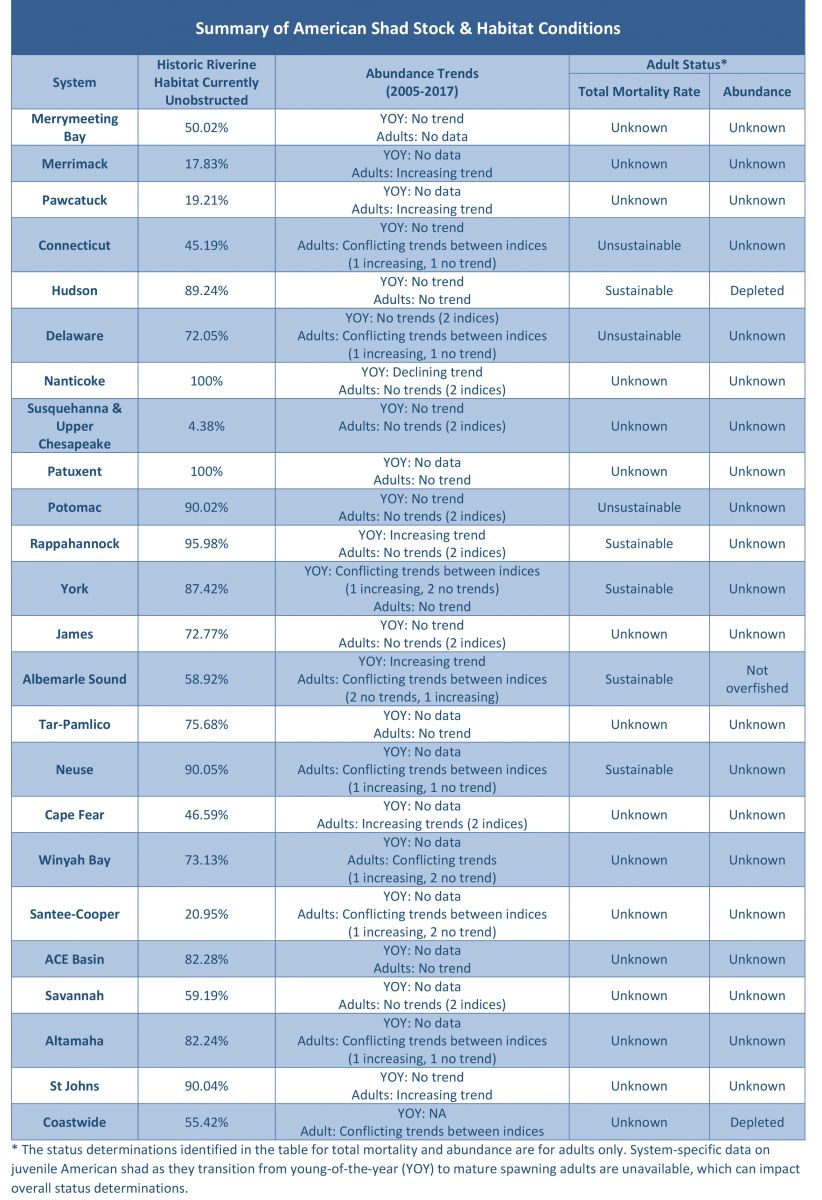
The abundance status of American shad relative to historic levels is unknown for most systems, but was determined to be depleted in the Potomac and Hudson, and not depleted for the Albemarle Sound. Coastwide adult mortality is also largely unknown and juvenile mortality status cannot be determined due to insufficient data collection. The “depleted” determination was used instead of “overfished” because the impact of fishing on American shad stocks cannot be separated from the impacts of all other factors responsible for changes in abundance. The recovery of American shad will need to address multiple threats to shad including anthropogenic (human-caused) habitat alterations, predation by non-native predators, and exploitation by fisheries. The benchmark assessment was endorsed by the Peer Review Panel and accepted by the Board for management use in August 2020. The Board also tasked the Technical Committee with identifying potential paths forward to improve shad stocks given the results of the assessment.
Commercial & Recreational Fisheries
Since the early 1800s, American shad have supported major commercial fisheries along the Atlantic coast and were one of the most valuable food fish of the U.S. Atlantic coast before World War II. The estimated East Coast catch in 1896 was 50 million pounds, but by the 1950s landings had declined to approximately 10 million pounds.
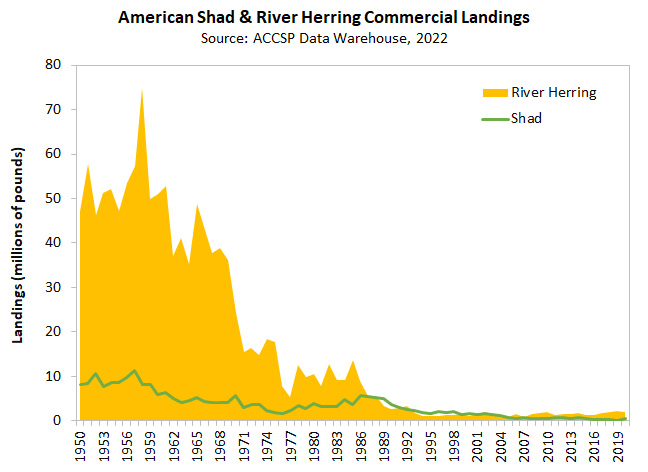
Fisheries included in-river fisheries targeting river-specific stocks and ocean fisheries targeting mixed stocks of schooling shad. In-river landings began decreasing and ocean harvest landings began increasing during the 1970s, with coastwide landings of approximately two million pounds annually. By 1996, ocean harvest comprised 67% of the coastwide landings. In 2005, the directed at-sea fishery for American shad was closed, and subsequent landings from the ocean are only from the bycatch fishery. Approximately 110,027 pounds of American shad were landed in 2022. As of January 1, 2013, only states with a sustainable fishery management plan in place may have directed commercial fisheries for American shad.
Data on American shad recreational fisheries are very limited. Historically, large recreational shad fisheries were known to occur on the Connecticut, Hudson, Delaware, Susquehanna, Santee-Cooper, Savannah, and St. Johns Rivers. The actual harvest (i.e., catch and removal) may amount to only a small fraction of total catch as a result of catch-and-release angling practices. Recreational catch-and-release anglers are encouraged to use a barbless hook and to keep shad in the water when removing the hook to avoid stress to the fish.
The Commission also continues to collaborate with New England Fishery Management Council (NEFMC) and the Mid-Atlantic Fishery Management Council (MAFMC) to address bycatch of these species in federal Atlantic herring and Atlantic mackerel fisheries. For Atlantic herring, the Councils set the annual catch cap for shad and river herring at 796,005 pounds in 2019 and have maintained the same limit through 2024. Under Framework 13 by the MAFMC, the catch cap in the Atlantic mackerel fishery increased from the 2019 cap of 196,211 pounds to 284,396 pounds for 2020 through 2022, and the MAFMC has maintained that cap level for 2023 and 2024.
Life History
American shad are a migratory anadromous fish that spend most of their life in the Atlantic Ocean but return to coastal rivers and tributaries in the spring to spawn. Adults are highly migratory along the coast with primary summer feeding grounds located in the Bay of Fundy and three primary offshore wintering grounds located off the Scotian Shelf/Bay of Fundy, in the Middle Atlantic Bight (Maryland to North Carolina), and off the Florida coast.
Spawning adults are capable of migrating hundreds of miles upstream where impediments do not block movement; however, in most river systems, they do not spawn as far upstream as they did historically. Males or “buck shad” return first, followed by females or “roe shad.” They spawn usually at night or during overcast days. In the southern range (Cape Hatteras south), females release as many as 700,000 eggs during the spawning season, but both males and females normally die after spawning. In the northern range (Cape Hatteras north), females typically release 300,000 eggs or less during the spawning season; however, most shad will return again to spawn in the following years, with some shad living up to ten years.
The young leave their natal (home) river within the first year and will spend the next few years at sea, schooling in large numbers with shad from other regions and feeding on plankton and other small fish or crustaceans. Upon reaching maturity – at about age four – they will return to their natal streams to spawn.
News & Resources
Explore recent news, management updates, and scientific reports to gain a deeper understanding of ongoing conservation efforts and sustainability strategies.
-
-
-
The Shad and River Herring Advisory Panel (AP) met via conference call and webinar on Monday, December 2nd, 2024, to continue discussing the results of the 2024 River Herring Benchmark Assessment and receive an update on the progress of the New England Fishery Management Council’s (NEFMC) Atlantic Herring Amendment 10. The AP will meet in…
-
-
-
ASMFC 82nd Annual Meeting October 21 – 24, 2024
-
82nd Annual Meeting, October 21 – 24, 2024
-
-
The TC met via webinar on September 23, 2024, to review updates to the Sustainable Fishery Management Plans (SFMPs) for river herring from New Hampshire and Maine, as well as updates to the SFMPs for American shad from Massachusetts and Connecticut. The Maine and New Hampshire updates also included proposals to change and reopen their…
-
Amendment 3 requires states and jurisdictions to develop sustainable fishery management plans (SFMPs), which are reviewed by the Technical Committee and approved by the Board, in order to maintain commercial and recreational fisheries beyond January 2013.
-
-
-
-
Amendment 3 requires states and jurisdictions to develop sustainable fishery management plans (SFMPs), which are reviewed by the Technical Committee and approved by the Board, in order to maintain commercial and recreational fisheries beyond January 2013.
-
The Shad and River Herring Management Board of the Atlantic States Marine Fisheries Commission convened in the Jefferson Ballroom of the Westin Crystal City Hotel, Arlington, Virginia, via hybrid meeting, in-person, and webinar; Wednesday, August 7, 2024, and was called to order at 4:15 p.m. by Chair Lynn Fegley.
Get Hooked on ASMFC News
Dive into the latest updates and catch all the important news by joining our newsletter mailing list. Stay in the loop with meeting agendas, fisheries management news, and more.
